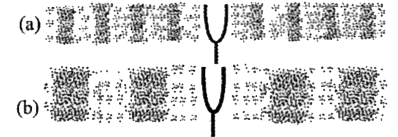Which of these figures indicate the correct flow of current?
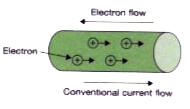
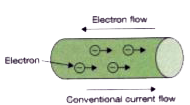


The correct Answer is:C
To determine which figure indicates the correct flow of current, we can follow these steps:
1. Understand the Nature of Electric Current:
- Electric current is defined as the flow of electric charge. In most conductive materials, this charge is carried by electrons, which have a negative charge.
2. Identify the Direction of Electron Flow:
- Electrons flow from the negative terminal to the positive terminal in a circuit. This is because they are negatively charged and are attracted to the positive charge.
3. Conventional Current Direction:
- Conventional current is defined as the flow of positive charge. Therefore, it flows in the opposite direction to the flow of electrons. This means that while electrons move from negative to positive, the conventional current flows from positive to negative.
4. Analyze the Given Figures:
- Look at the figures presented in the question. Identify which figures show the flow of current in the direction opposite to that of the electron flow.
5. Eliminate Incorrect Options:
- If any figure incorrectly identifies the flow of electrons or shows the current flowing in the same direction as electrons, eliminate those options.
6. Select the Correct Option:
- The correct figure will show the flow of conventional current (from positive to negative) in the opposite direction to the flow of electrons (from negative to positive).
Conclusion:
After analyzing the figures based on the above steps, the correct figure that indicates the flow of current will be the one where the current flows in the opposite direction to the electron flow.
---
- Electric current is defined as the flow of electric charge. In most conductive materials, this charge is carried by electrons, which have a negative charge.
- Electrons flow from the negative terminal to the positive terminal in a circuit. This is because they are negatively charged and are attracted to the positive charge.
- Conventional current is defined as the flow of positive charge. Therefore, it flows in the opposite direction to the flow of electrons. This means that while electrons move from negative to positive, the conventional current flows from positive to negative.
- Look at the figures presented in the question. Identify which figures show the flow of current in the direction opposite to that of the electron flow.
- If any figure incorrectly identifies the flow of electrons or shows the current flowing in the same direction as electrons, eliminate those options.
- The correct figure will show the flow of conventional current (from positive to negative) in the opposite direction to the flow of electrons (from negative to positive).
After analyzing the figures based on the above steps, the correct figure that indicates the flow of current will be the one where the current flows in the opposite direction to the electron flow.
Topper's Solved these Questions
- CHEMICAL EFFECTS OF ELECTRIC CURRENTBOOK - PEARSON IIT JEE FOUNDATIONCHAPTER - CHEMICAL EFFECTS OF ELECTRIC CURRENTEXERCISE - CLASSROOM CORNER (LONG ANSWER TYPE QUESTIONS)
14 Videos
- KINEMATICSBOOK - PEARSON IIT JEE FOUNDATIONCHAPTER - KINEMATICSEXERCISE - LEVEL 3
18 Videos
- DYNAMICSBOOK - PEARSON IIT JEE FOUNDATIONCHAPTER - DYNAMICSEXERCISE - CONCEPT APPLICATION(LEVEL 3)
15 Videos
Similar Questions
Knowledge Check
In which of the circuit the current will flow ?
AA closed circuit with switch in off positionBAn open circuit with switch in on conditionCA closed circuit with no switchDNone of the aboveIn which of the circuit the current will flow?
AA closed circuit with switch in off positionBAn open circuit with switch in on conditionCA closed circuit with no switchDnone of the aboveWhich of the following flow chart is correct ?
A B
B C
C D
D
Which figure indicates high pitch ?
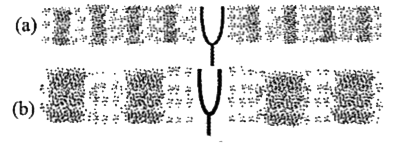
View SolutionThe conventional direction of an electric current is
View SolutionIn the figure shown the current flowing 2R is:
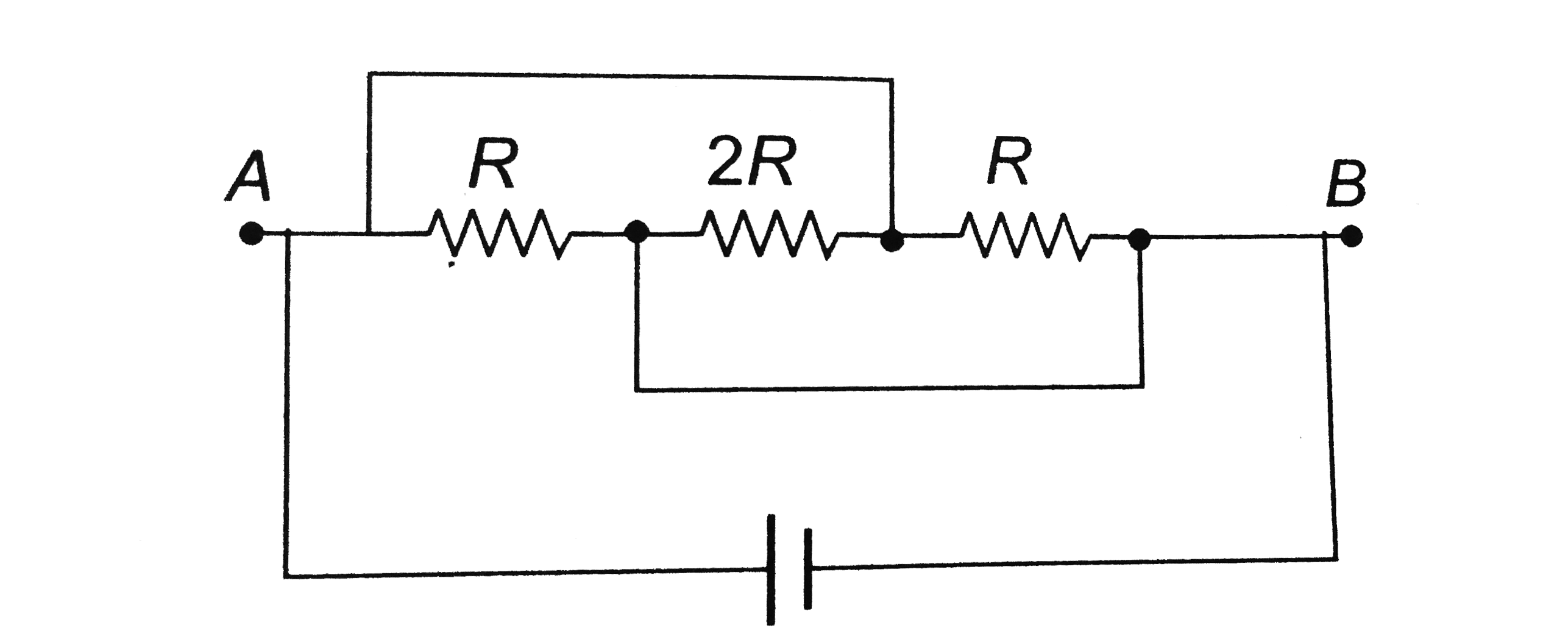
View SolutionThe current flows from A to B as shown in the figure. What is the direction of current in circle?

View SolutionWhich of the following helps in current flow on the inner surface of an axon from site-A to site-B as shown in the figure given below ?
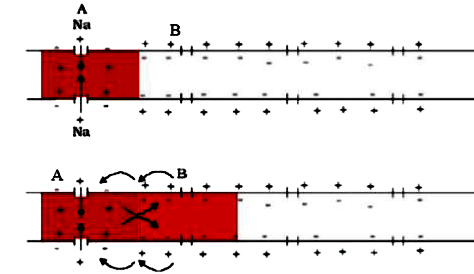
View Solution

